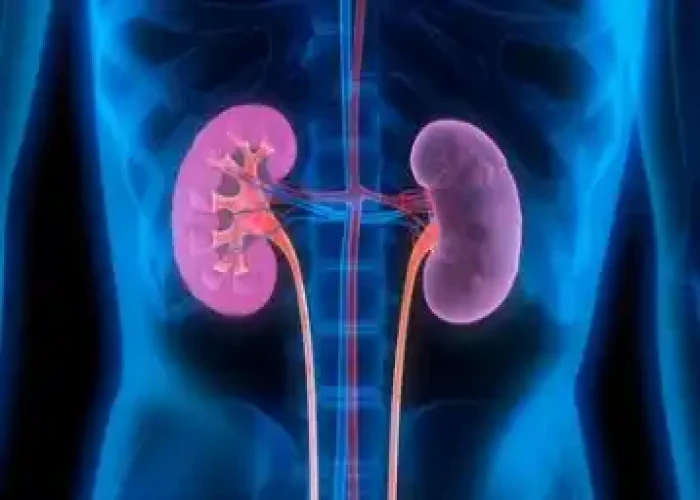 Welcome
Welcome
“May all be happy, may all be healed, may all be at peace and may no one ever suffer."
- A
- B
- C
- D
- E
- F
- G
- H
- I
- J
- K
- L
- M
- N
- O
- P
- Q
- R
- S
- T
- U
- V
- W
- X
- Y
- Z
Low blood pressure - Yoga remedies
Low blood pressure, also known as hypotension, is a condition where the blood pressure is lower than normal. Normal blood pressure is typically considered to be around 120/80 mmHg, while low blood pressure is defined as a reading of 90/60 mmHg or lower.
Some of the common causes of low blood pressure include:
- Dehydration: When the body does not have enough fluids, it can lead to low blood pressure.
- Blood loss: Loss of blood due to an injury or internal bleeding can cause a drop in blood pressure.
- Medications: Certain medications, such as diuretics, beta-blockers, or blood pressure medications, can cause a drop in blood pressure.
- Heart problems: Heart problems such as heart attack, heart failure, or arrhythmia can cause low blood pressure.
- Endocrine problems: Certain endocrine problems such as adrenal insufficiency or thyroid disorders can cause low blood pressure.
Symptoms of low blood pressure may include dizziness, lightheadedness, fainting, blurred vision, or fatigue. In severe cases, low blood pressure can cause shock, which can be a medical emergency.
Treatment of low blood pressure depends on the underlying cause. For mild cases, lifestyle changes such as increasing fluid and salt intake, getting up slowly from a seated or lying position, or wearing compression stockings may help improve symptoms. In more severe cases, medication may be prescribed to increase blood pressure.
It is important to seek medical attention if you experience persistent symptoms of low blood pressure or have concerns about your blood pressure. Your healthcare provider can help identify the underlying cause and recommend appropriate treatment.

Kidney failure

Itching

Back pain

Weakness

Chest is weak

Pox

Typhoid

Leukorrhea
Low blood pressure, নিম্ন রক্তচাপ
To be happy, beautiful, healthy, wealthy, hale and long-lived stay with DM3S.